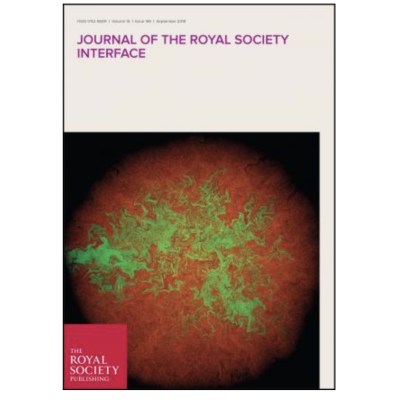Publication
The interplay of blood flow and temperature in regional hyperthermia: a mathematical approach
J.J. Bosque, G.F. Calvo, V.M Pérez-García, M.C. Navarro
Royal Society Open Science 8, 201234 (2021)
MOLAB authors
Abstract
In recent decades, hyperthermia has been used to raise oxygenation levels in tumours undergoing other therapeutic modalities, of which radiotherapy is the most prominent one. It has been hypothesized that oxygenation increases would come from improved blood flow associated with vasodilation. However, no test has determined whether this is a relevant assumption or other mechanisms might be acting. Additionally, since hyperthermia and radiotherapy are not usually co- administered, the crucial question arises as to how temperature and perfusion in tumours will change during and after hyperthermia. Overall, it would seem necessary to find a research framework that clarifies the current knowledge, delimits the scope of the different effects and guides future research. Here, we propose a simple mathematical model to account for temperature and perfusion dynamics in brain tumours subjected to regional hyperthermia. Our results indicate that tumours in well-perfused organs like the brain might only reach therapeutic temperatures if their vasculature is highly disrupted. Furthermore, the characteristic times of return to normal temperature levels are markedly shorter than those required to deliver adjuvant radiotherapy. According to this, a mechanistic coupling of perfusion and temperature would not explain any major oxygenation boost in brain tumours immediately after hyperthermia.














